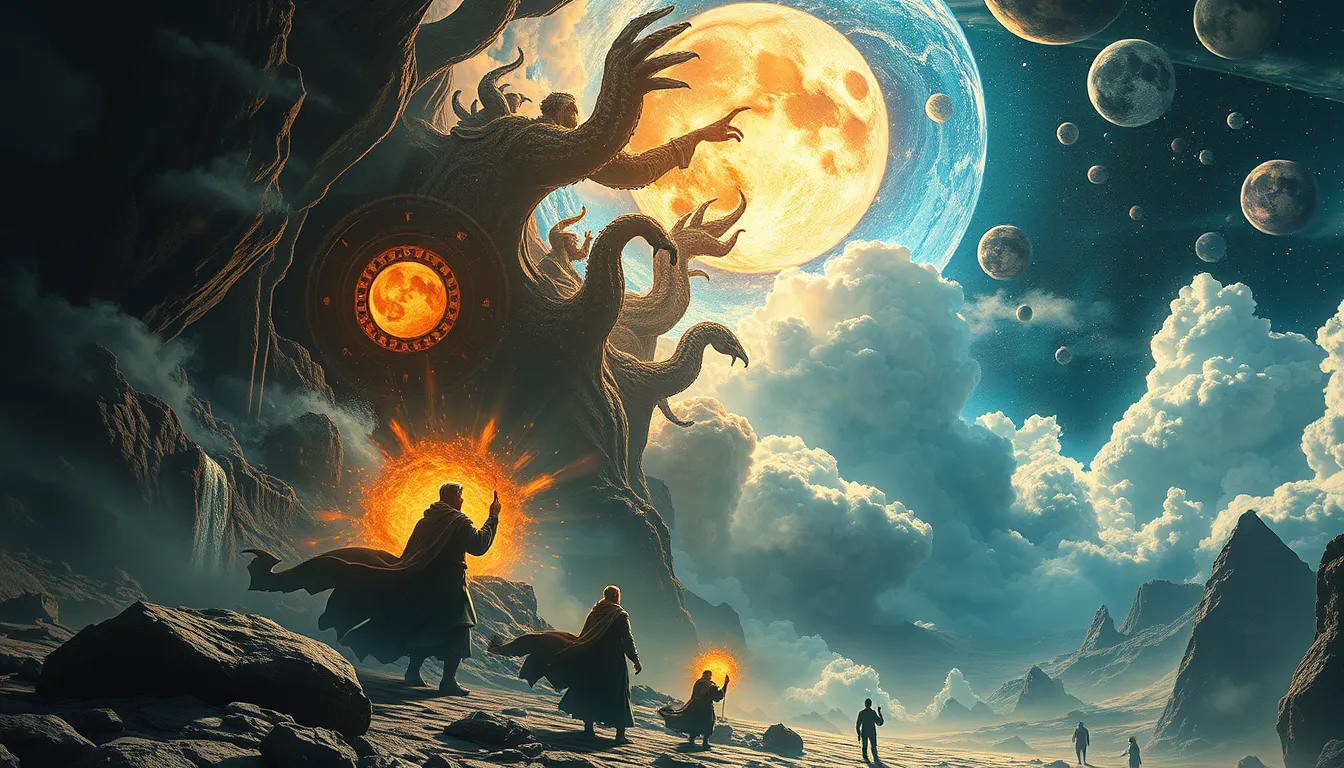The Symbolism of Dreams and Reality in Norse Mythology
Understanding Dreams in Norse Mythology
In Norse mythology, dreams were believed to have significant symbolism and meaning. They were seen as messages from the gods, signaling events or providing guidance to individuals. Odin, the chief god of the Norse pantheon, was often associated with dreams and wisdom. It was believed that he would enter the dreams of mortals, imparting knowledge or foretelling the future.
The Significance of Reality in Norse Mythology
Reality in Norse mythology was closely intertwined with the concept of fate. The notion of fate (or “wyrd”) was central to the Norse worldview, suggesting that events were predetermined and connected in a complex web of cause and effect. Reality, therefore, was seen as a manifestation of these interwoven threads, where actions in the present impacted the unfolding of the future.
The Intersection of Dreams and Reality
Within Norse mythology, dreams and reality often intersected, blurring the lines between the divine and mortal realms. Dreams were seen as glimpses into the underlying fabric of reality, providing insight into the workings of fate and the unseen forces that shaped the world. The Norse believed that paying attention to dreams could reveal hidden truths and guide individuals on their paths.
Embracing the Wisdom of Dreams and Reality
In Norse mythology, the symbolism of dreams and reality served to highlight the interconnectedness of all things and the cyclical nature of existence. By understanding and interpreting both dreams and the unfolding of reality, individuals could gain wisdom, make informed decisions, and navigate the intricate tapestry of fate woven by the gods.
FAQ about The Symbolism of Dreams and Reality in Norse Mythology
What role do dreams play in Norse mythology?
In Norse mythology, dreams held significant importance as they were believed to be messages or visions from the spiritual realm. Dream symbolism often represented communication from gods, ancestors, or spirits, guiding individuals on their path and foretelling future events.
How does Norse mythology view the concept of reality?
Norse mythology perceives reality as a multifaceted and interconnected realm where the physical world and spiritual dimensions overlap. Reality was not limited to the tangible, but also included unseen forces and realms such as the spiritual world (Asgard, Midgard, Hel), which influenced the course of events and the fates of individuals.
What are some common symbols used in Norse mythology to represent dreams and reality?
Symbols like the World Tree (Yggdrasil), the Well of Urd, and the Norns (female beings who rule destiny) often symbolize the interconnectedness between dreams and reality in Norse mythology. Dreams were seen as glimpses into the larger tapestry of fate and provided insights into the workings of the universe and the divine forces at play.


